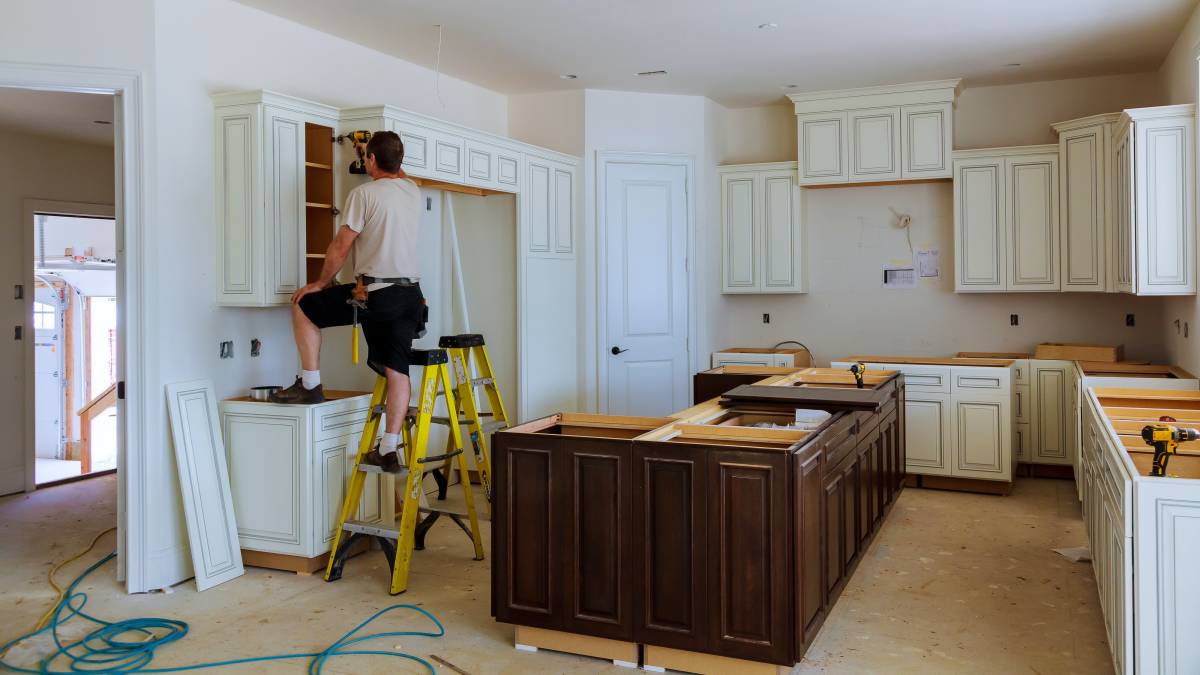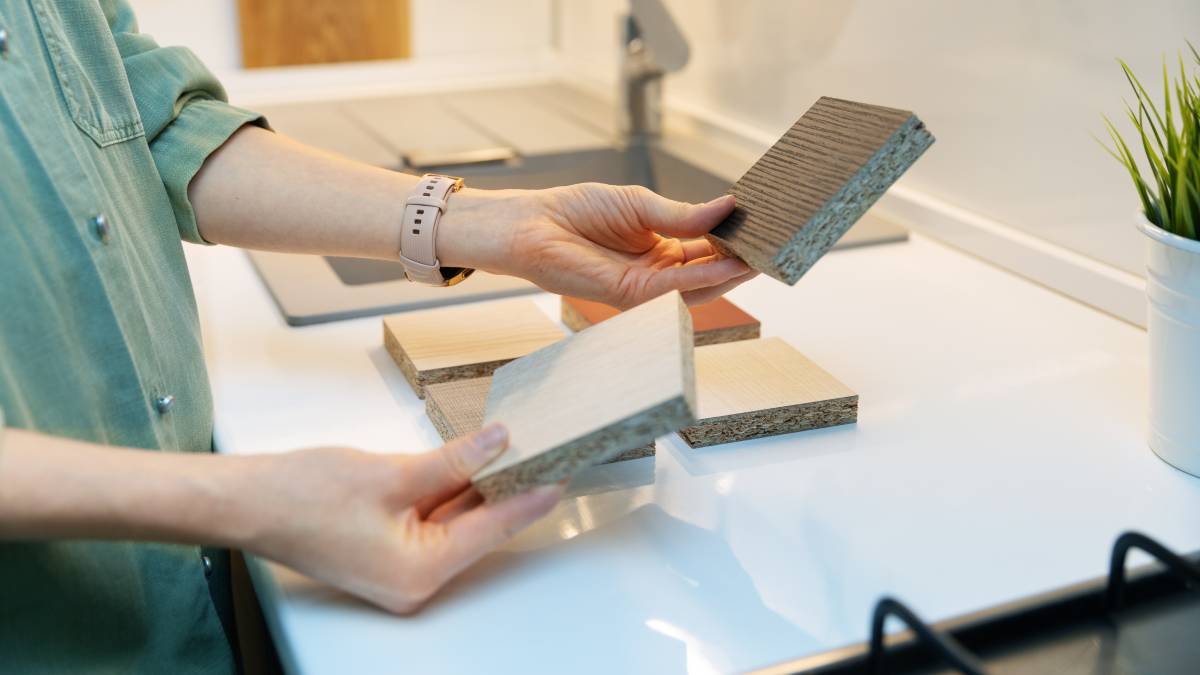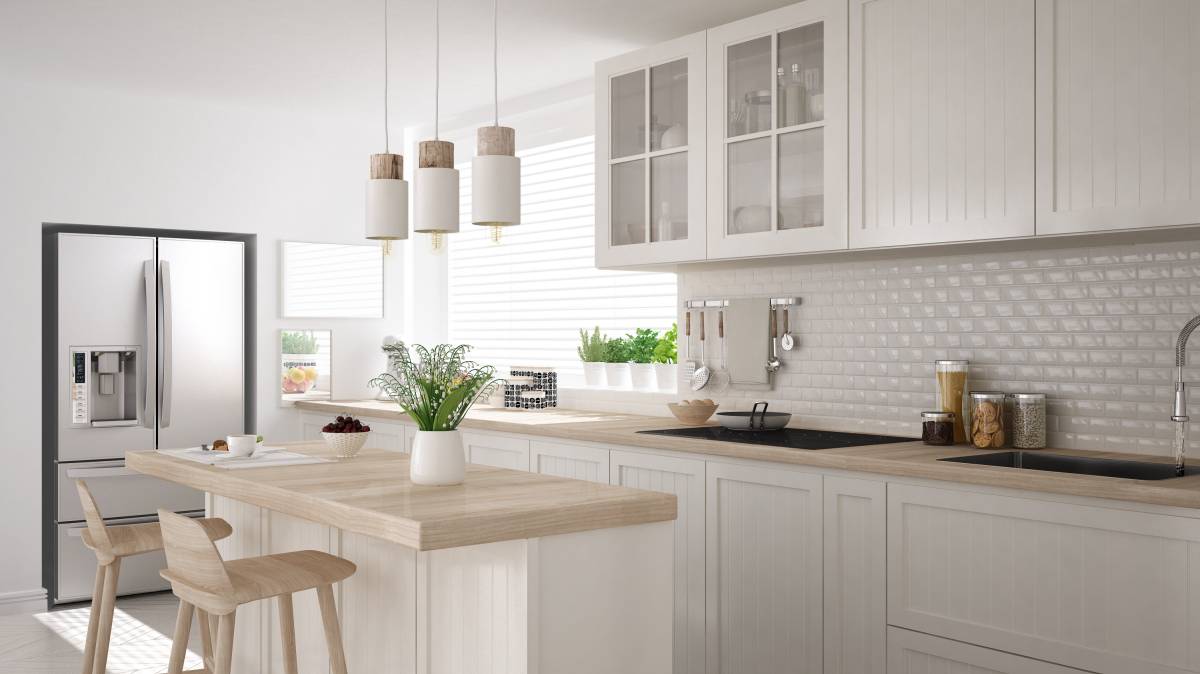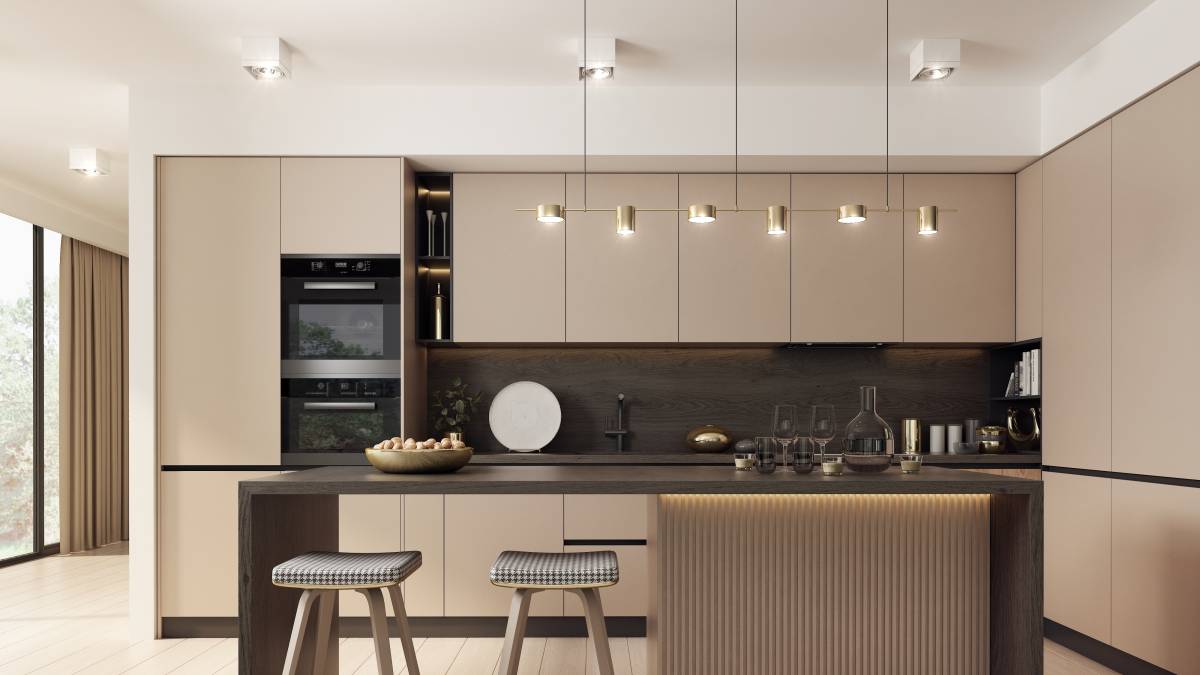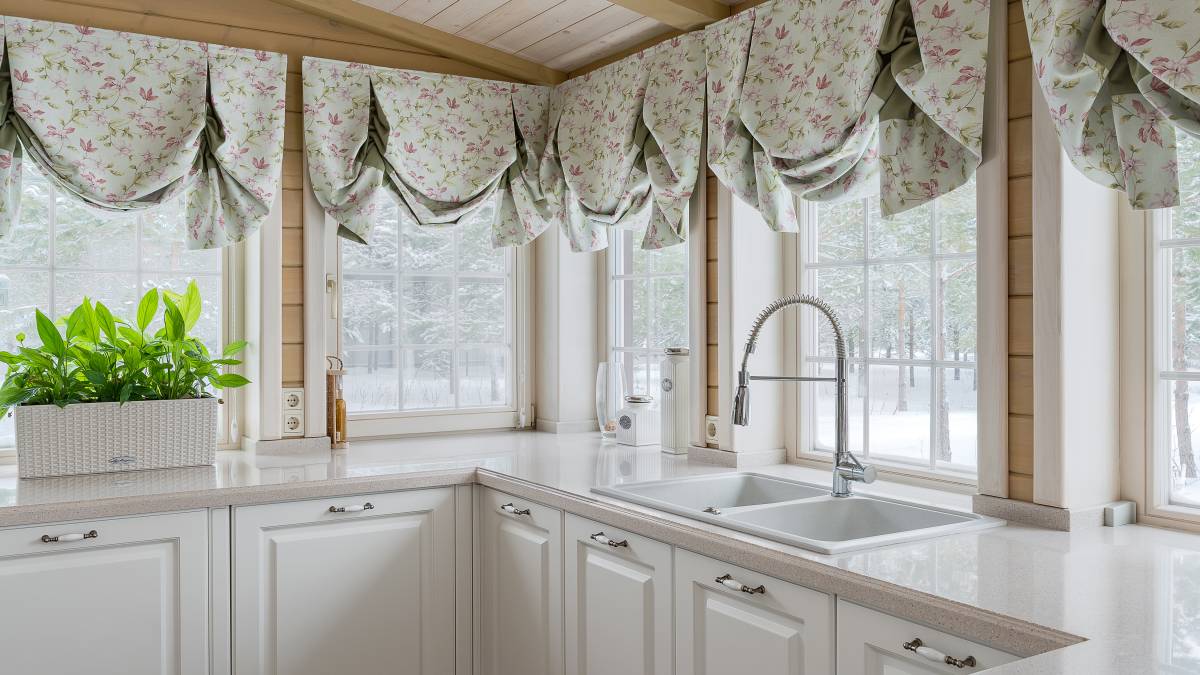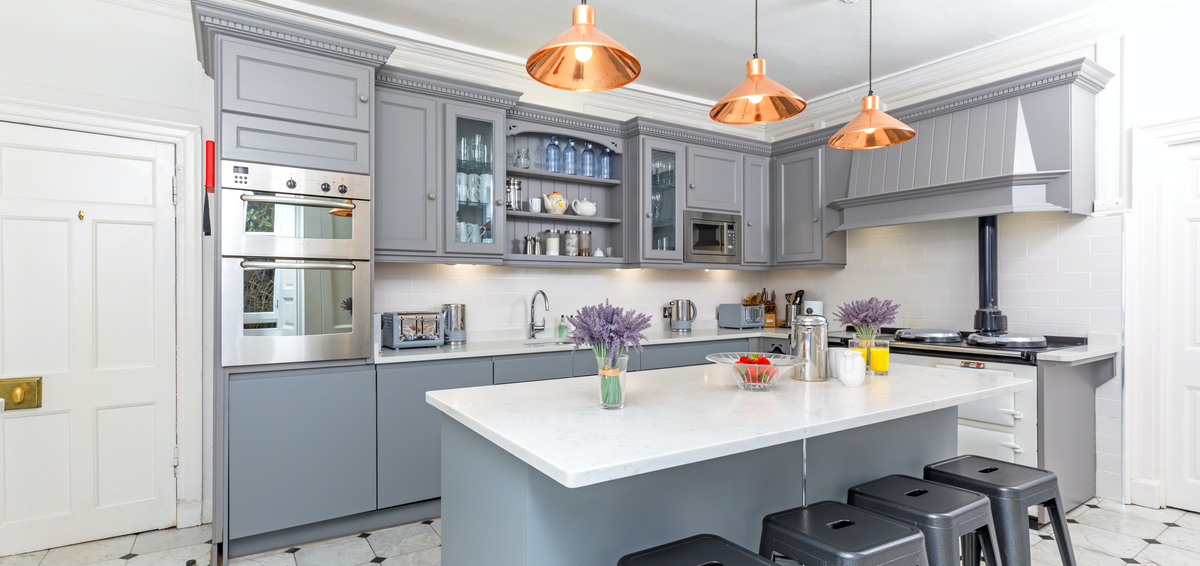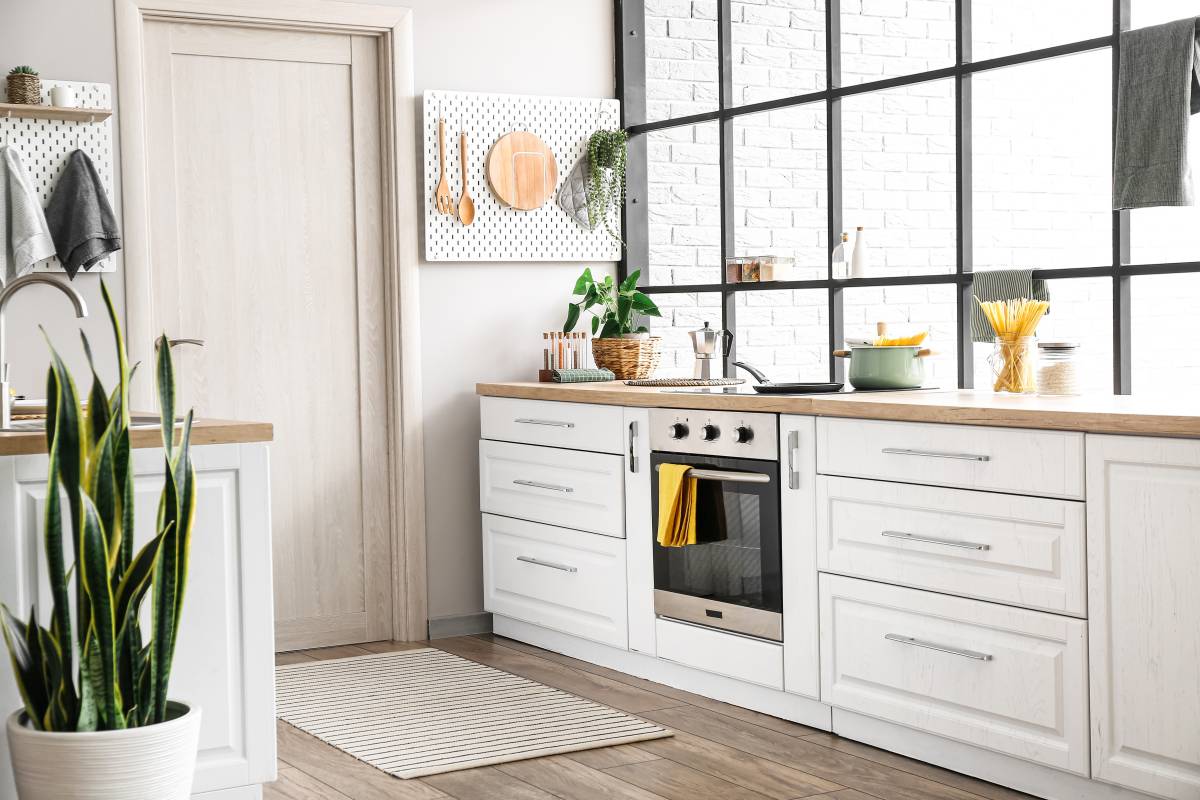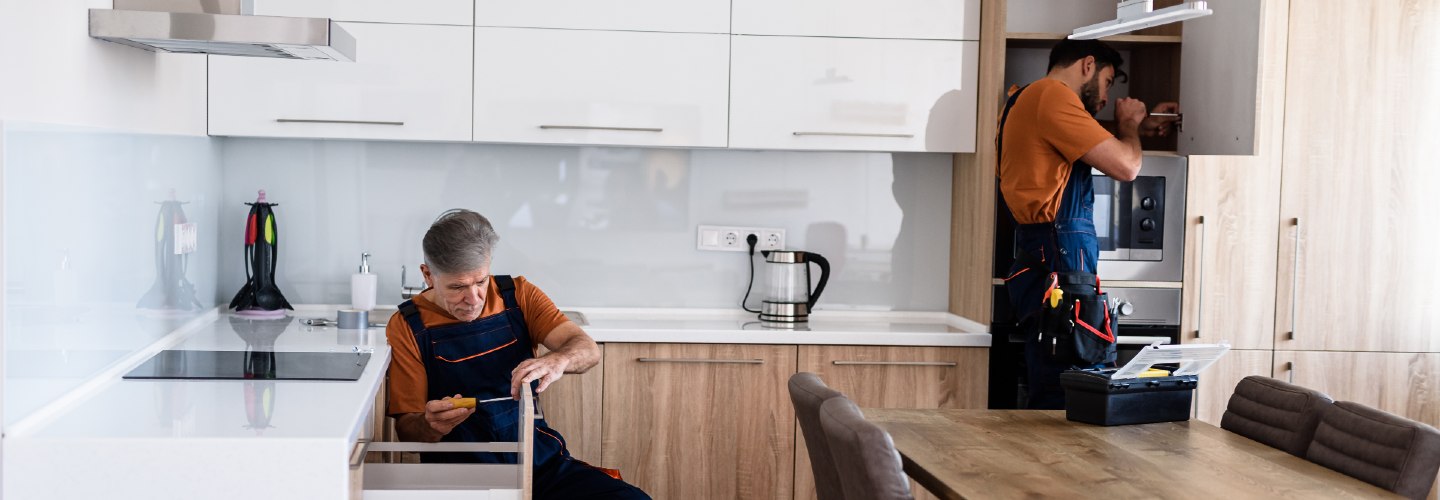

Find a professional kitchen renovation contractor in Latrobe Gippsland
Fill in a short form and get free quotes for kitchen renovation services
Excellent rating - 4.3/5 (10900+ reviews)
Need a kitchen renovation contractor?
- Kitchen redesign
- Kitchen cabinet replacement
- Kitchen oven installation
- Kitchen repainting
- Kitchen refinishing
- … or anything else
Best rated kitchen renovators near me


Latest Review
"Rajesh is highly skilled guy . Really patient and high attention to detail."
Verified Badges

COVID-19 Vaccination

ID Verified

Payment Method Verified

Mobile Verified

LinkedIn Verified


Latest Review
"Super friendly and knowledgeable. Thanks so much, Tyson! "
Verified Badges

Mobile Verified

Latest Review
"Great work thanks you "
Verified Badges

ID Verified

VIC Plumbing Licence

VIC Gasfitting Licence

Mobile Verified

Latest Review
"Leon was great. An issue came up, and he happily solved it. Would definitely work with him again."
Verified Badges

Mobile Verified

Latest Review
"Excellent job done, Guy is very knowledgeable on matters concerning building and renovating. I will definitely use him a..."
Verified Badges

COVID-19 Vaccination

ID Verified

Mobile Verified

What is Airtasker?

Post your task
Tell us what you need, it's FREE to post.

Review offers
Get offers from trusted Taskers and view profiles.

Get it done
Choose the right person for your task and get it done.
- Get it done now. Pay later.
- Repay in 4 fortnightly instalments
- No interest
- Available on payments up to $1,500
Kitchen Renovation Services
What does a kitchen renovation include?
Every kitchen renovation project starts with planning and design - making sure you know what elements you want to change, remove, and update, and how much it’ll likely cost. Because you may not need to do a complete gut and rebuild. If some parts are still in good condition and fit with the new design, you may be able to keep them as-is and save your budget for other features. After planning your reno (and relocating all the food and crockery), the next steps will depend on what you’ve included in your plans:
Demolishing your existing kitchen
Usually, the first step your kitchen renovator will take is to rid of your existing kitchen or any parts in it that you won’t be keeping. They’ll start by removing the existing cabinet doors and cabinet bases, followed by doorway and window trims. Then they’ll shut your power off and remove built-in appliances and light fixtures. If you’re replacing the wall panels and flooring, they’ll be removed last. You’ll need to safely store anything you want to salvage and you may need to organise rubbish removal to clear your space for the installation.
Installing new appliances
Once you’ve bought your new appliances, such as ovens, stovetops, fans, and lights, they’ll usually need to be installed by a qualified electrician. They’ll start by turning off the power, water, and gas. Then they’ll install your new appliance, check that it is safe, secure, and level, and then test that it’s working properly. Once your appliance installer is done, they’ll turn the power back on.
Installing cabinets
Cabinets are the centrepiece of your kitchen, so it’s worth investing in a professional installation. Usually a cabinet maker, carpenter, or cabinet installer will review your kitchen layout, check that they’ve got all the right pieces, and then start assembling your cabinets. They’ll secure each cabinet to the one next to it, as well as the walls. They’ll use a spirit level to check that each cabinet is plumb and level, so they’re ready for the benchtops, crown moulding, and scribe moulding.
Installing new countertops
Once your cabinets are in place, your kitchen renovator can collaborate with a benchtop installer to add your new countertop. Depending on your kitchen layout, you may be able to purchase an off-the-shelf kitchen benchtop. Otherwise, you’ll need to customise an existing benchtop or commission a custom one to fit your space. Countertop installation involves mounting the countertop to your cabinets and walls, before securing it in place with glue, screws, and brackets. Finally, your countertop installer will seal any edges and clear up any waste.
Installing new flooring
When installing new kitchen flooring, most people choose easy to clean, hardwearing options, such as tiles, slate, or linoleum. Once your existing flooring is removed, your flooring contractor will clear dust and debris from the area. If they notice any height or level issues with the floor, your kitchen renovator may attempt to level your flooring out, then prepare the surface with soundproofing, moisture barriers, and underlay. Your floor installer will use adhesives (like glue or cement) to secure your new flooring down. Once all the flooring is installed, they’ll check again to ensure everything is level and all edges are sealed, before installing mouldings and finishings so there’s no gaps between your flooring and cabinetry.
Recent Kitchen Renovation tasks in Latrobe Gippsland
Kaboodle kitchen install
$500
Traralgon VIC, Australia
10th Feb 2025
Need Kaboodle kitchen installed including range hood, bench tops and backsplash tiling. Small kitchen, flat pack, 7 lower units, 4 overhead units, 1 full size, tiles provided.
IKEA grillskar outdoor kitchen install
$400
Coronet Bay VIC, Australia
17th Dec 2024
Install below units on concrete alfresco floor
Legend used for a few jobs now never disappoints
Kitchen installed
$1,000
Moe VIC, Australia
1st Dec 2023
New kitchen install U shape 3000x3200x2400x900 island thanks - Due date: Flexible
Kitchen Installation
$100
Cowes VIC, Australia
7th May 2023
Kaboodle Kitchen Installation - Due date: Flexible
Kaboodle kitchen installation
$3,000
Traralgon VIC, Australia
2nd May 2022
Kaboodle kitchen installation - Due date: Flexible
Kitchen install
$900
Morwell VIC, Australia
7th Jul 2021
Morwell. L shaped IKEA kitchen, Need installation., Existing kitchen has been removed. What is your business name and or surname pls? Kathleen
